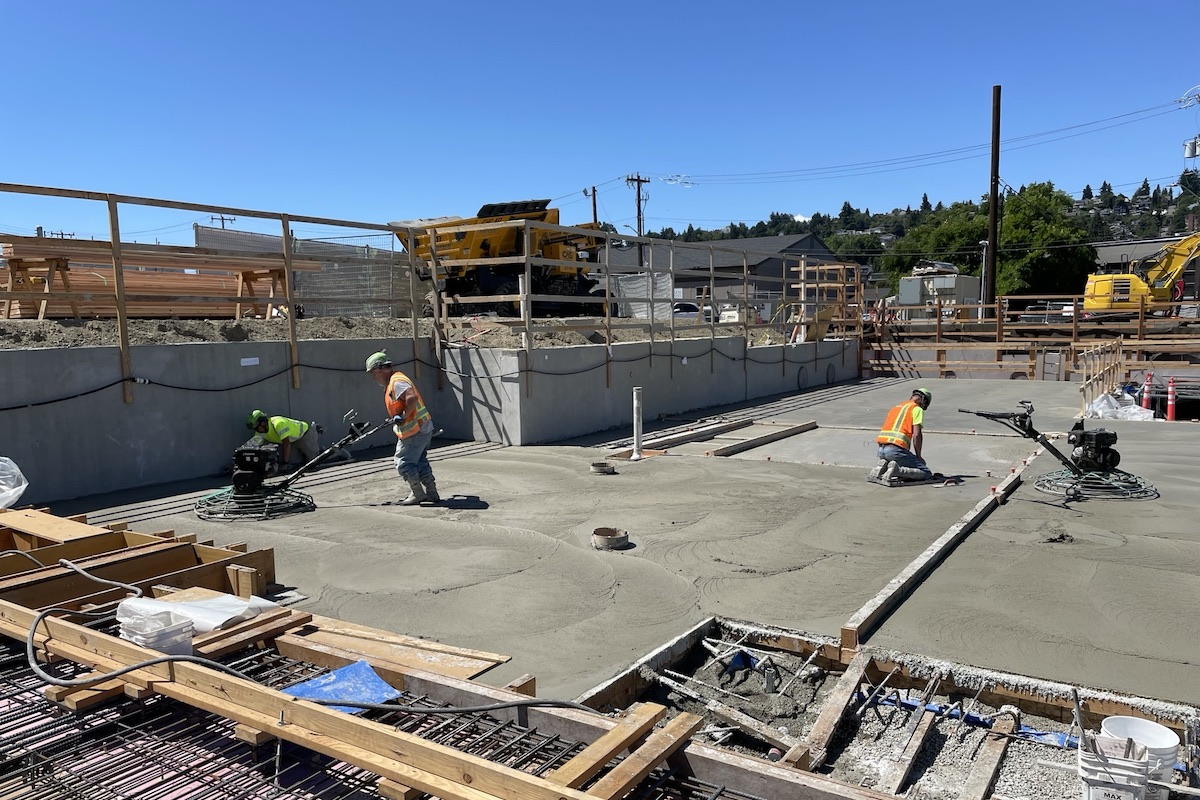SEATAC, WA — Community, industry, and elected leaders joined together in SeaTac, Washington, to celebrate the beginning of construction on the final stage of the State Route 509 Completion Project in south King County.
The project builds 3 miles of new tolled expressway that connects SR 509 to Interstate 5. The expressway is being built in two major stages. The first stage is already under construction and is building 1 mile of highway between I-5 and 24th Avenue South in SeaTac. It will open in 2025. The final stage builds the remaining 2 miles between 24th Avenue South and South 188th Street, where it will connect to the existing portion of SR 509. It will be complete in 2028.
“Providing a safe, sustainable, integrated, and resilient transportation network is key to our future,” said Roger Millar, Washington State Department of Transportation (WSDOT) Secretary. “The SR 509 Completion Project is another step in that direction. We’re building more than a highway; we’re also creating multimodal options including trails and shared-use paths that will allow people to connect more easily to local jobs, businesses, and neighbors in support of vibrant and thriving communities.”
The SR 509 Completion Project is being built in close coordination with local cities and transit agencies with an eye toward complementing local land use plans that encourage employment opportunities and housing near multimodal transportation options.
During the celebration event, area leaders from government, transit, freight, and development stood shoulder-to-shoulder holding signs with project features such as “ADA-accessible paths,” “direct connection to the port,” and “less congestion on local roads” to create a visual ribbon of benefits that the SR 509 expressway will bring to the region.

| Your local Gomaco dealer |
|---|
| American Construction Supply |
| Tri-State Truck & Equipment Inc |
The SR 509 Completion Project is part of WSDOT’s $2.69 billion Puget Sound Gateway Program, which also includes the SR 167 Completion Project in Pierce County. The two projects finish critical missing links in Washington’s highway and freight network.







































































